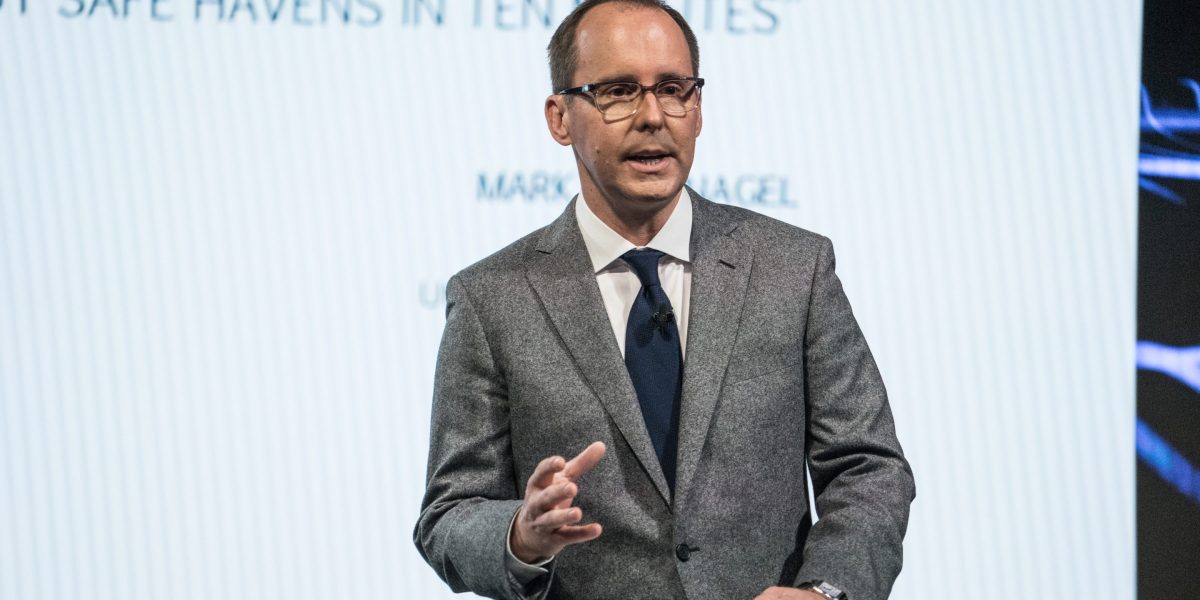The stock market crashed last month on recession fears but has since soared to fresh record highs as the Federal Reserve began cutting rates and China unveiled stimulus measures.
To Mark Spitznagel, cofounder and chief investment officer of the hedge fund Universa Investments, events are unfolding as he predicted.
The hedge fund veteran previously said markets would rally as the Fed eases in a Goldilocks phase, but has also warned a recession is coming and that rate cuts are also the opening signal for big reversals down the line.
In the current environment, that means in the biggest market bubble in history will soon pop, eventually prompting the Fed to “do something heroic” but doom the economy to stagflation, he has said.
In an interview with Bloomberg TV on Thursday, Spitznagel said the market will continue to see “pure euphoria” in the short term, but will exit the Goldilocks zone toward the end of the year.
To be sure, he has frequently sounded the alarm about extreme market events. His hedge fund specializes in tail-risk hedging, a strategy that seeks to prevent losses from unforeseeable and unlikely economic catastrophes, also known as “black swans.”
With the recent uninversion of the yield curve after years of being inverted, the clock has started ticking, Spitznagel warned.
“That’s when you enter black swan territory,” he said. “Black swans always lurk, but now we’re in their territory.”
Instead of pointing to a specific catalyst, he said the risks in the market stem from an overall environment that’s feeling the lagged effects of the Fed’s aggressive rate-hiking cycle that began in 2022, when central bankers sought to rein in high inflation.
Despite the current risky landscape, Spitznagel cautioned against conventional approaches to diversifying investments that can actually worsen a portfolio.
“Diversification, ‘diworsification,’ modern portfolio theory—it’s got people distracted into mean variants, into risk-adjusted returns, and these are things that have made people poorer over the years, sort of a solution looking for a problem,” he explained. “Diversification is not the holy grail as it’s been touted by many people. That is a big lie actually.”
Investors should to think about how their portfolios would perform in good markets and bad markets—and be comfortable with both outcomes, he added.
Still, he acknowledged it’s difficult to try to hedge this market, saying gold will follow stocks lower and that crypto will go down with risk assets. But the key is to stop fixating on what the market will do.
“We need to protect ourselves not from the market but from ourselves. We need to forecast not the market but ourselves,” Spitznagel said. “We need to think about what we are going to do in these two scenarios: markets boom and bust. Markets zig in order to zag. It’s like poker, they try to squeeze us out of our positions to make us sell the low and buy the high. Let’s make sure we don’t do that.”
